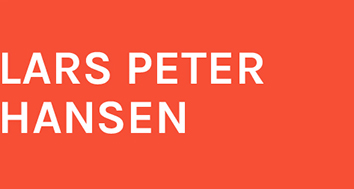Recently, I was at a very nice event recognizing important contributions of Steve Ross. The “recovery theorem” was discussed multiple times. I write this research reflection with a bit of hesitation. I am a big fan of Steve Ross’ intellectual contributions, and in no way do I seek to undermine his profound impact on financial economics. That said, in spite of the multiple formal analyses of “recovery,” there remains some confusion as was evident in the conference discussions. I wrote this note to provide some clarity and push the discussion away from purely technical concerns and back to basic economic considerations. Of course, the technical issues are also key, but apparently the economic implications are not fully appreciated. Consistent with Steve’s enthusiasm for research, I aim to provide continued effort and energy to the discussion of research of interest to Steve and to me. The discussion of “recovery” in finance is a special case of what econometricians call identification. Suppose we have at our disposal (hypothetically) Arrow prices over a one time period in discrete time or over an instant in continuous time. We also impose a Markov structure on the prices. The question is what can be learned about beliefs and discounting. I consider the simplest case of a single stand-in or representative consumer. There are some interesting extensions that look at more general environments and discuss implications for Arrow prices over multiple time periods, but I will not discuss those in what follows. Read the full research reflection here.
– Lars Peter Hansen
